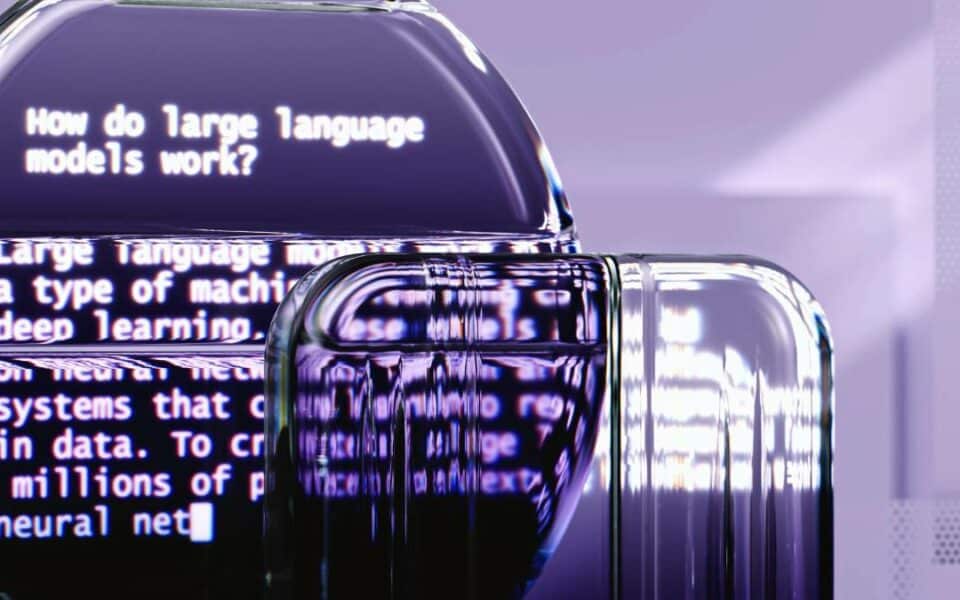
Index bloat
6 March 2020
Author’s reputation on Google
20 March 2020
Machine learning is an area of research and concerns algorithms that learn from examples. Classification is a task that requires machine learning algorithms to learn how to assign a class label to problem examples. There are many different types of classification tasks that you may encounter in machine education and specialized modeling approaches that can be applied to each.
Predictive modeling
In machine-based learning, classification refers to the problem of predictive modeling, where a class label is predicted for a given example of input data. From a modeling point of view, classification requires a set of training data with many examples of input and output data that can be learned.
The model will use a set of training data and calculate how best to map input examples to specific class labels. The training data set must be sufficiently representative of the problem and contain many examples of each class label.
Classification predictive modeling algorithms are evaluated based on their results. Classification accuracy is a popular measure used to evaluate model performance based on anticipated class labels. Classification accuracy is not ideal, but it is a good starting point for many classification tasks.
Binary classification
Binary classification refers to classification tasks that have two class labels.
Examples include:
- Email spam detection
- Forecasting resignation
- Conversion forecasts
Typically, binary classification tasks include one class that is normal and the other class that is abnormal. The normal class is assigned a Class 0 label and the abnormal class is assigned a Class 1 label. It is common to model the binary classification task using a model that predicts the probability distribution of Bernoulli for each example.
Some algorithms are specially designed for binary classification and do not support more than two classes natively; examples include logistic regression and support vector machines.
Multi-ribbed classification
The classification of multiple classes refers to classification tasks that have more than two class labels.
Examples include:
- Face Classification.
- Classification of plant species.
- Optical character recognition.
Unlike binary classifications, multi-ribbed classification is not known as normal and abnormal results. Instead, examples are classified as belonging to one of a number of known classes.
The number of class labels can be very large for some problems. For example, a model can predict a photo as belonging to one of thousands or tens of thousands of faces in a face recognition system.
Problems related to the prediction of word sequences, such as text translation models, can also be considered as a special type of multi-ribbed classification. Each word in the predictive word sequence includes a multi-language classification in which the dictionary size determines the number of possible classes that can be predicted and can be tens or hundreds of thousands of words.
Many algorithms used for binary classification can be used to classify multiple classes.
Algorithms designed for binary classification can be customized for use in case of multi-ribbed issues.
This involves applying a matching strategy for multiple binary classification models for each class compared to all other classes or one model for each pair of classes.
Multi-character classification
The classification of multiple labels refers to classification tasks that have two or more class labels, where one or more class labels can be foreseen for each example.
It is different from binary classification and classification of multiple classes, where a single class label is provided for each example.
It is common to model the tasks of a multi-character classification using a model that predicts many results, each output being considered as a Bernoulli probability distribution. Generally, it is a model that creates multiple predictions of binary classifications for each example.
Classification algorithms used for binary or multi-ribbed classification cannot be used directly for multi-character classification.
Another approach is to use a separate classification algorithm to predict labels for each class.
Unbalanced classification
The unbalanced classification refers to classification tasks where the number of examples in each class is unevenly distributed.
Typically, unbalanced classification tasks are binary classification tasks, where most examples in the training dataset belong to the normal class, and a small portion of the examples belong to the abnormal class.
Examples include:
Fraud detection.
Detect outliers.
Medical diagnostic tests.
These problems are modeled as binary classification tasks, although they may require specialized techniques.
Specialized techniques may be used to change the composition of samples in the training data set by incomplete majority-grade sampling or excessive majority-grade sampling.
Classification and grouping, are the main ideas behind many other techniques and subjects in machine education. The ability to classify and recognize certain types of data allows it professionals to expand their knowledge and applications in other areas of machine-learning, such as computer vision, natural language processing, deep learning, predding economic, market and weather models, and more.


